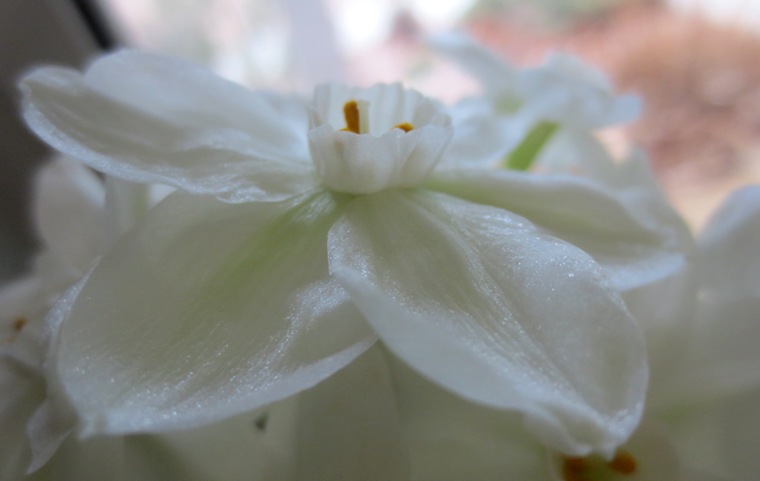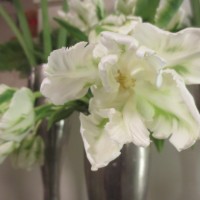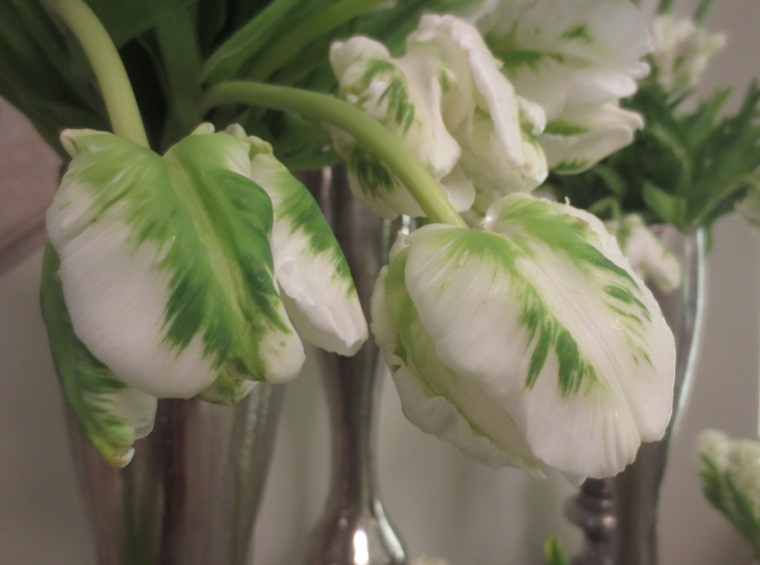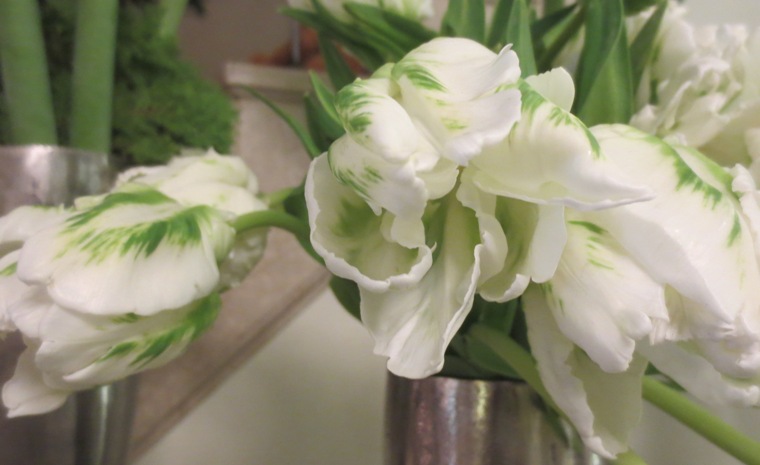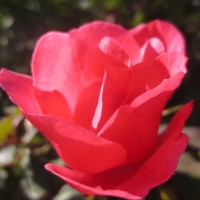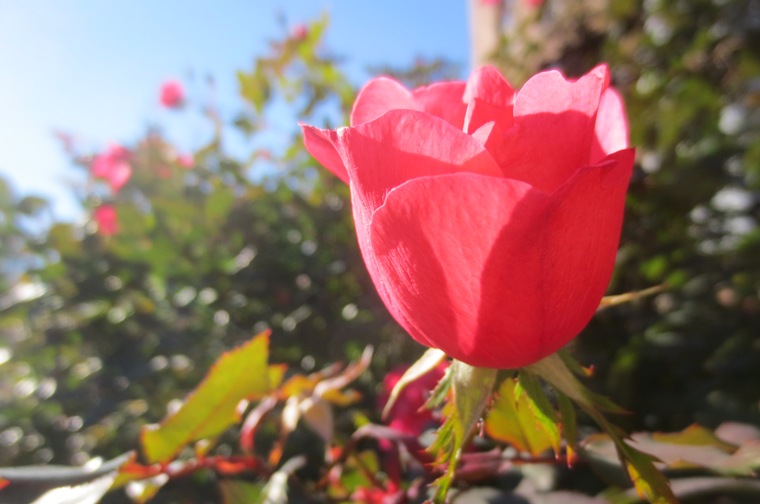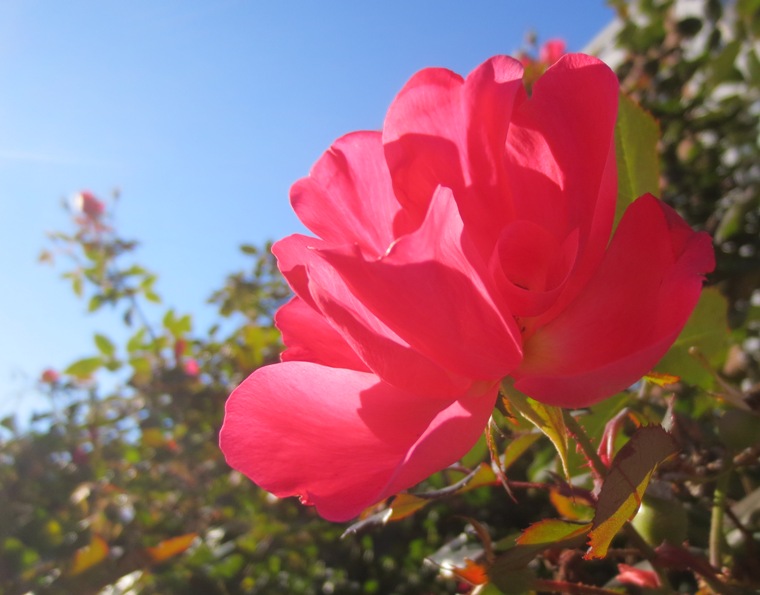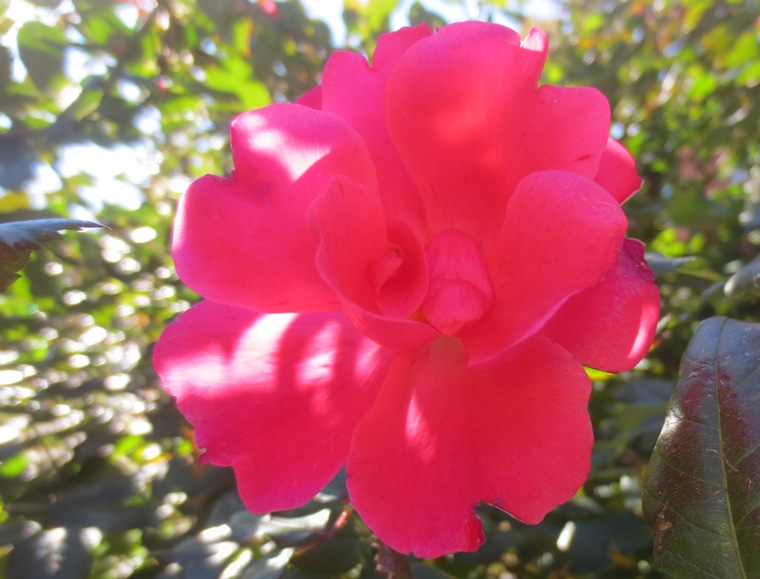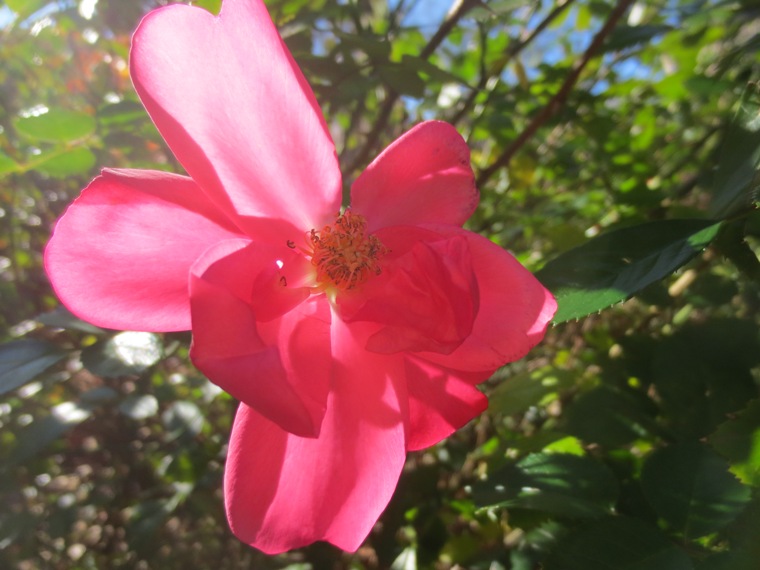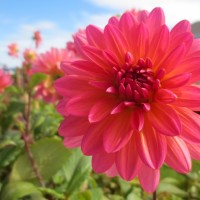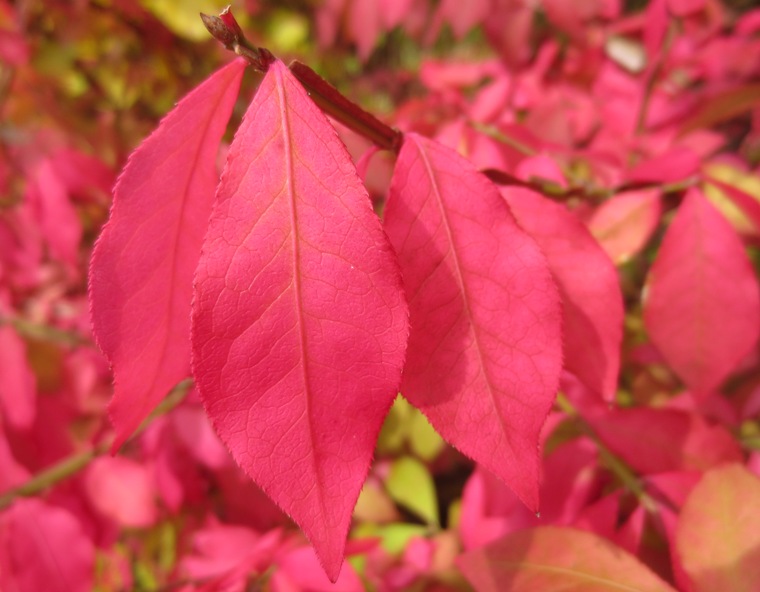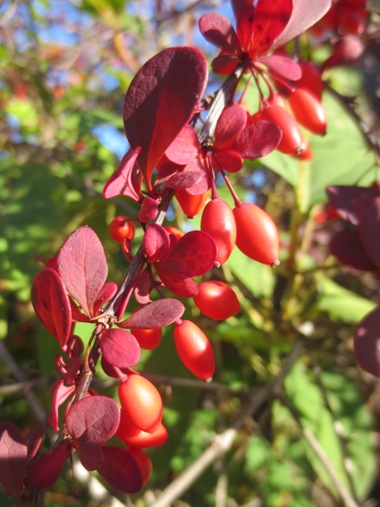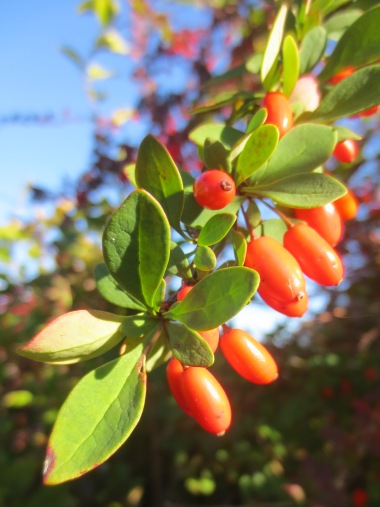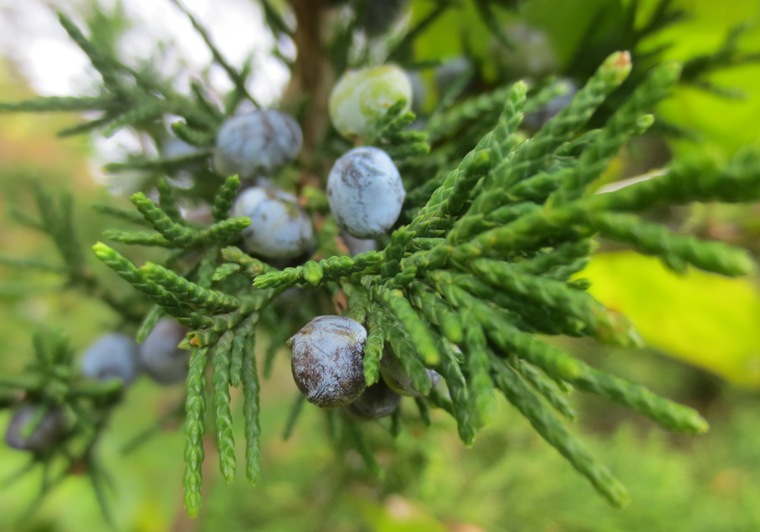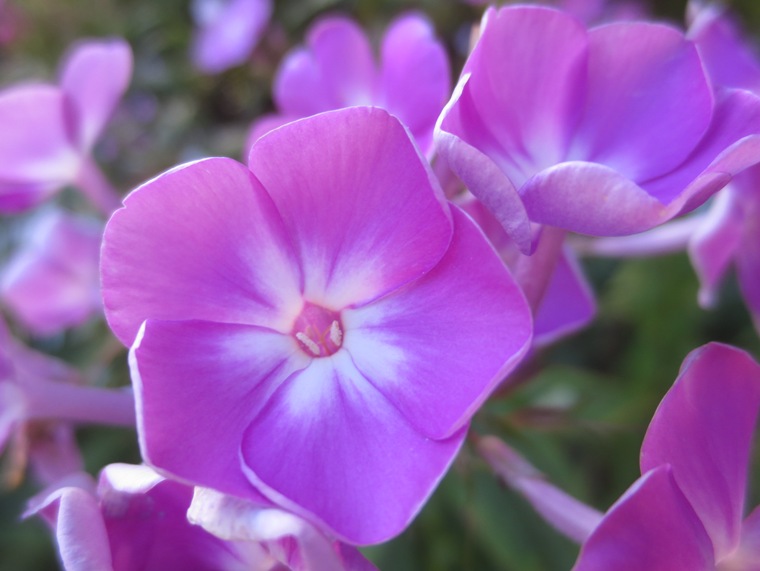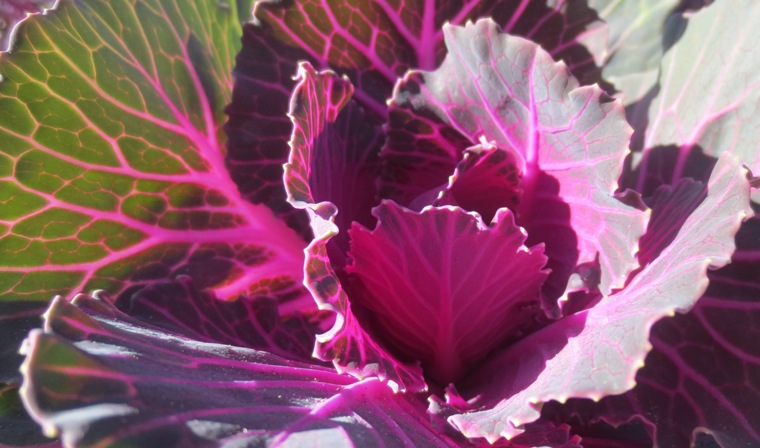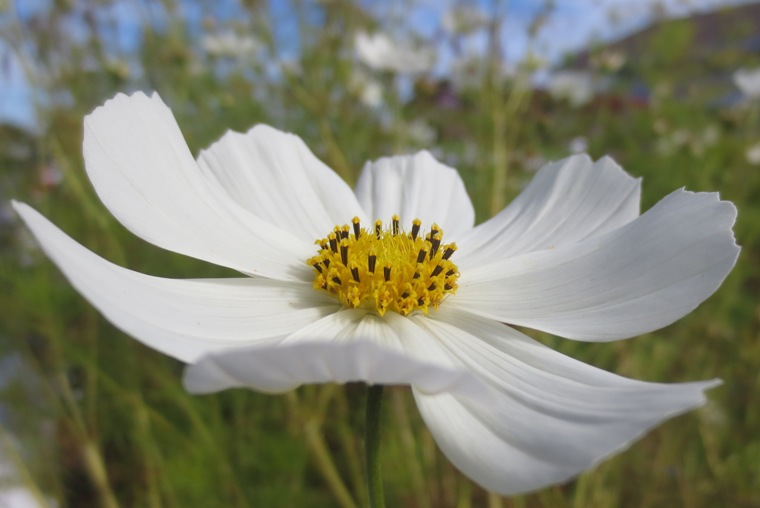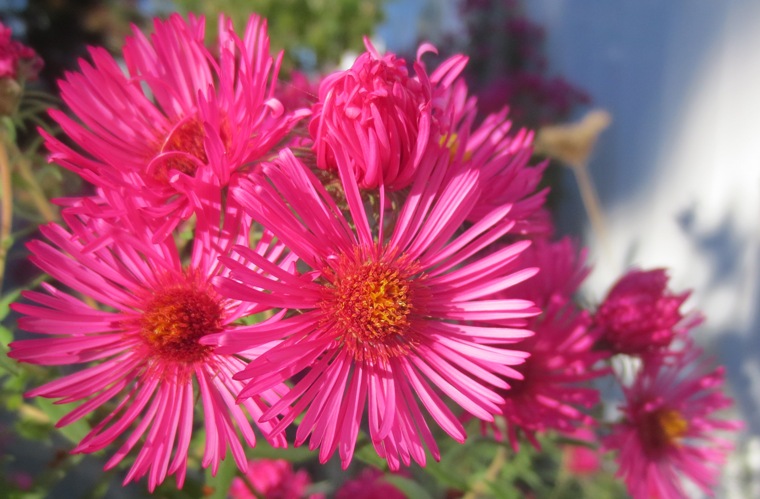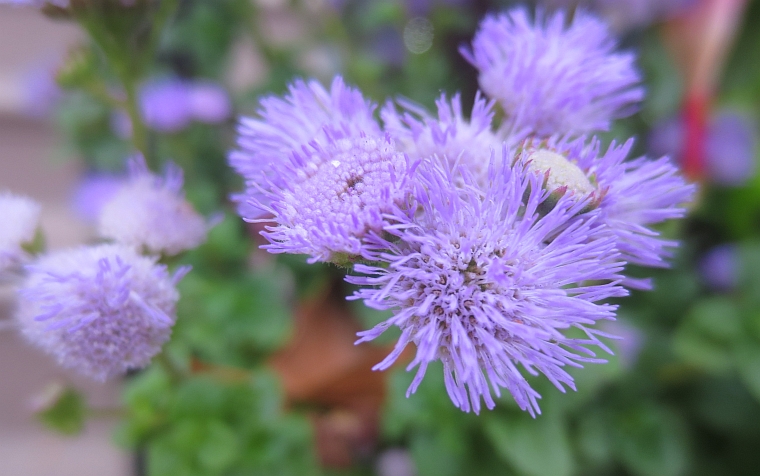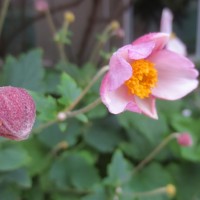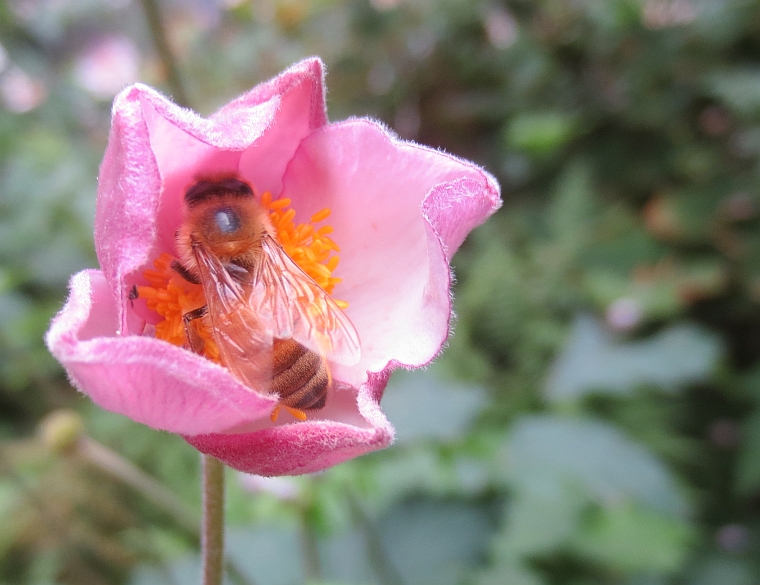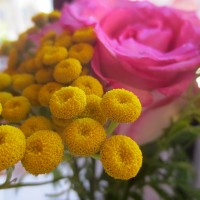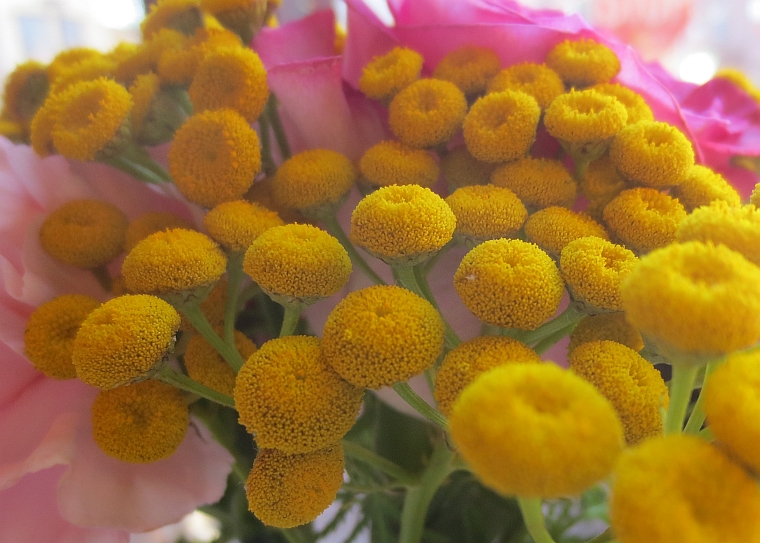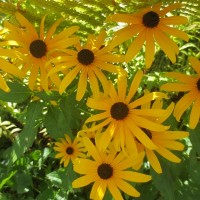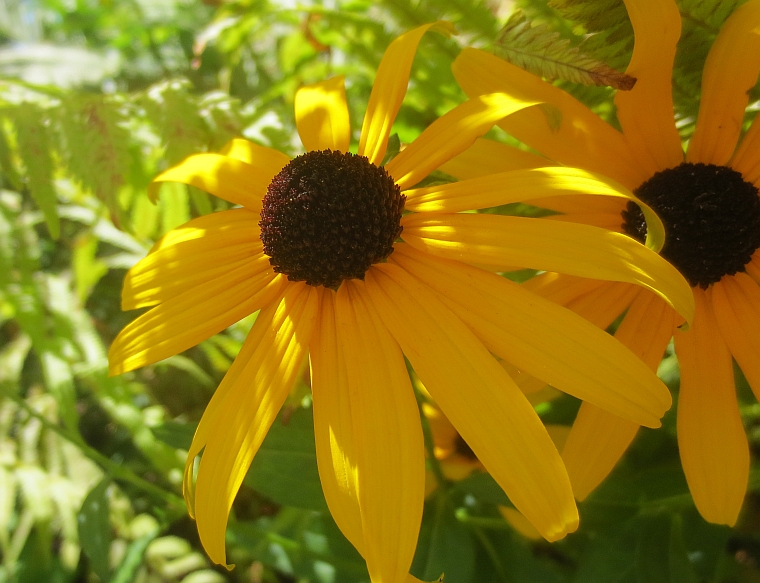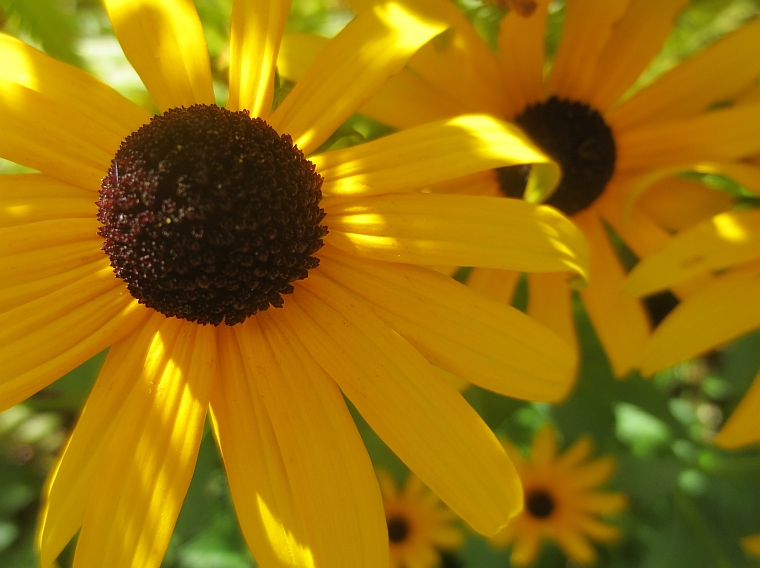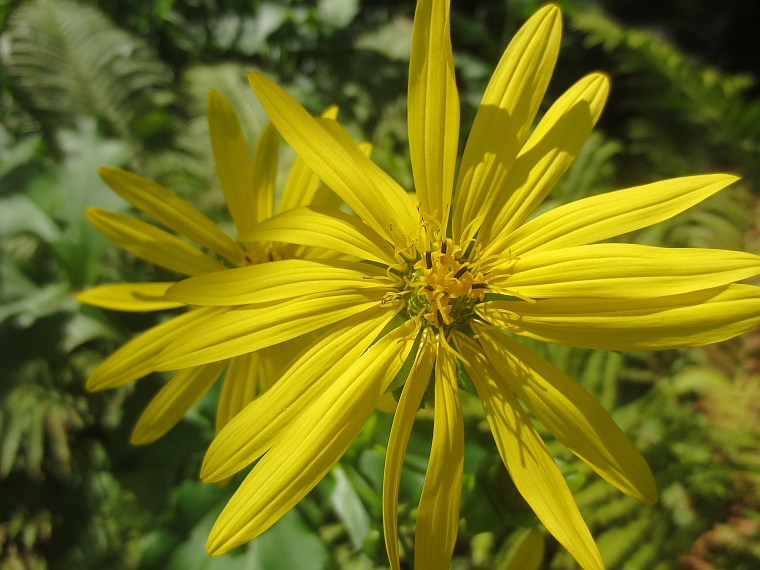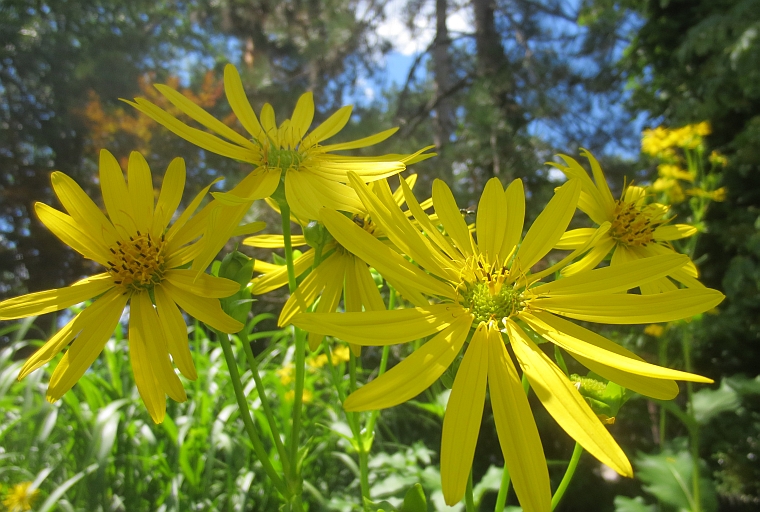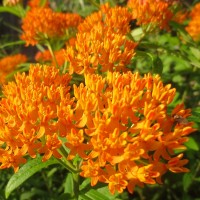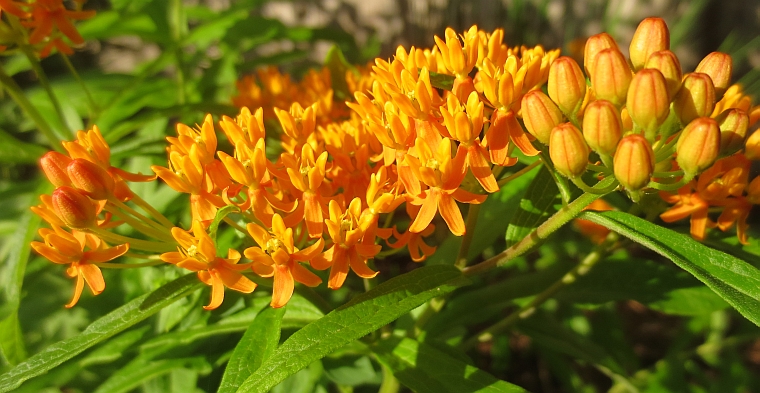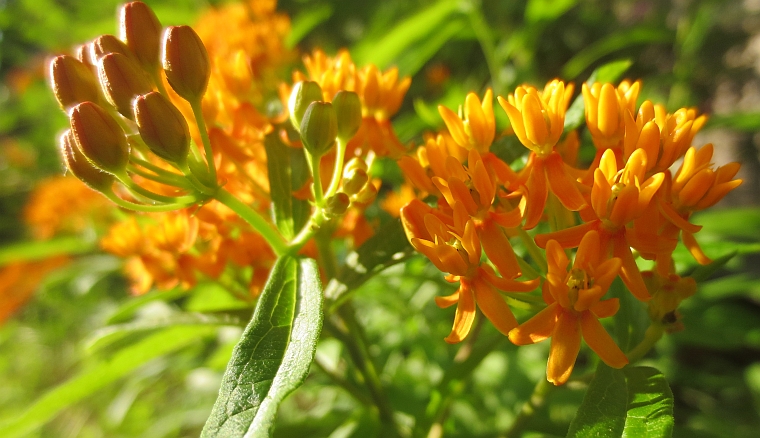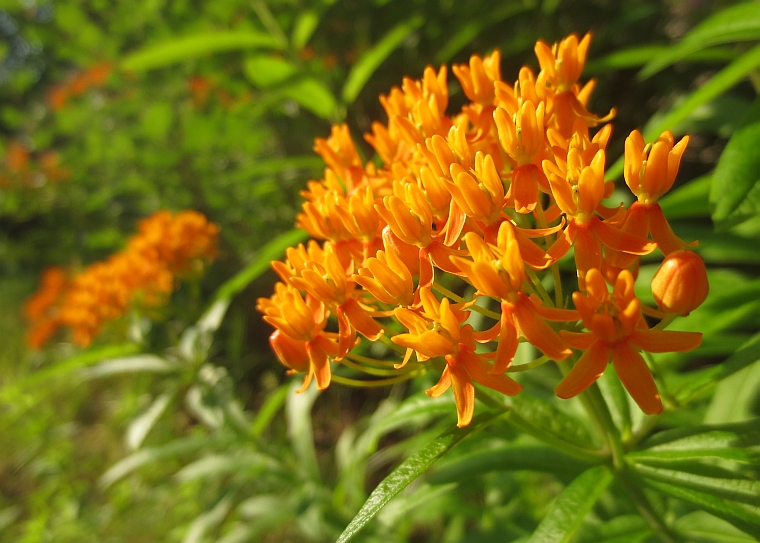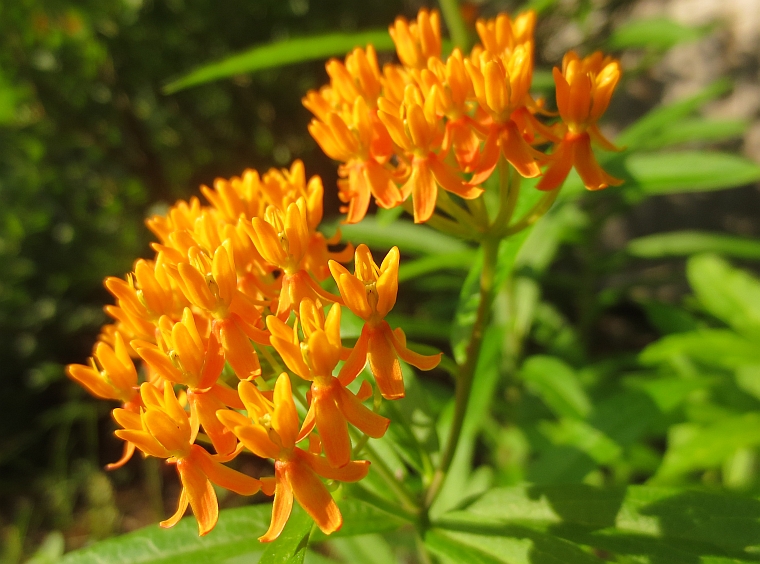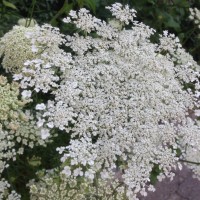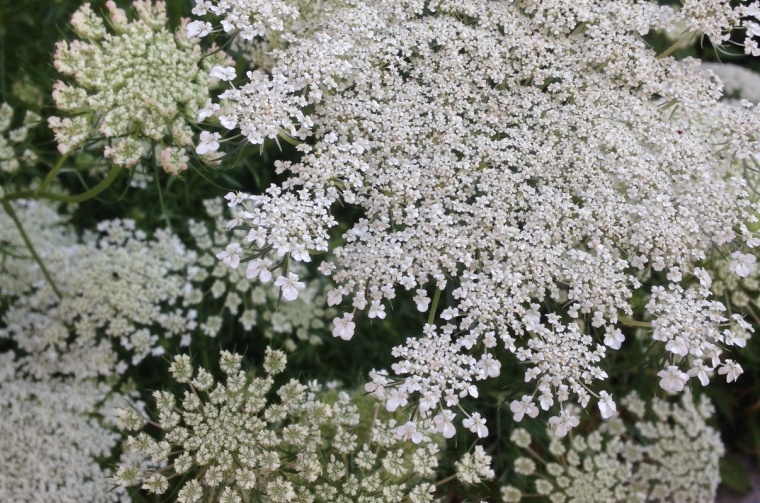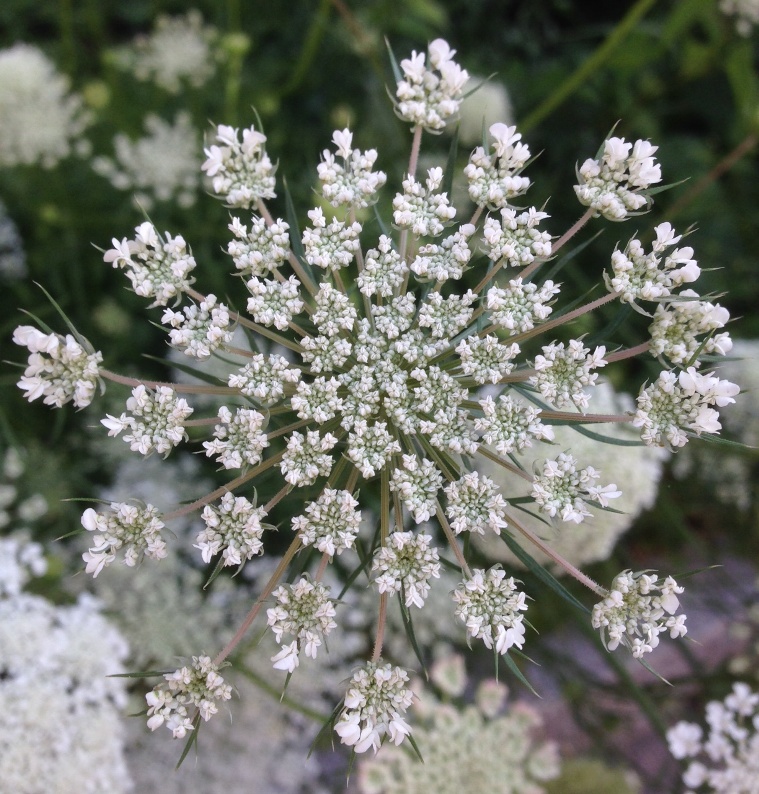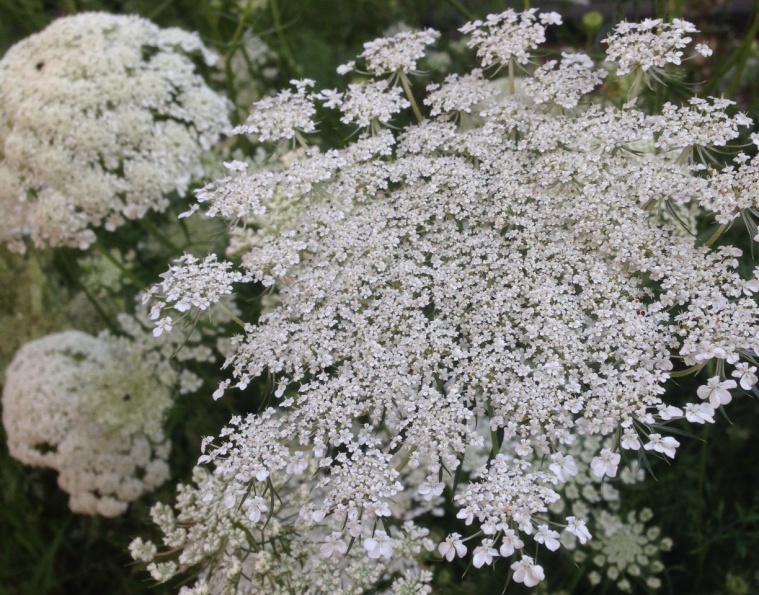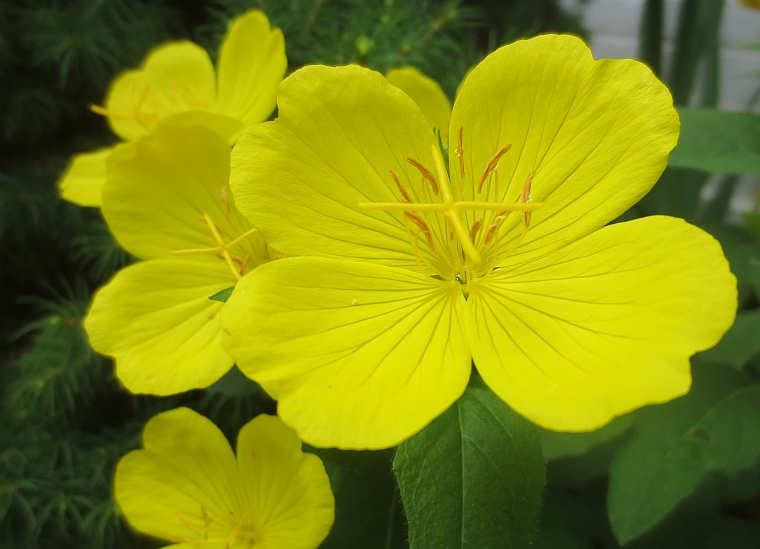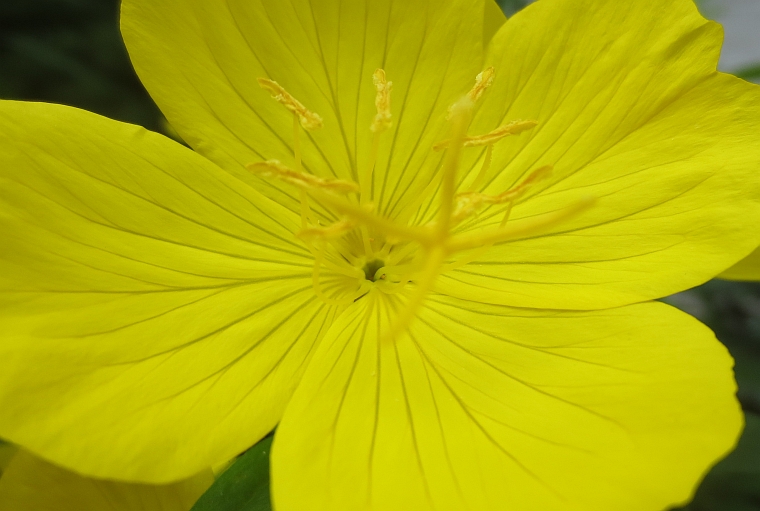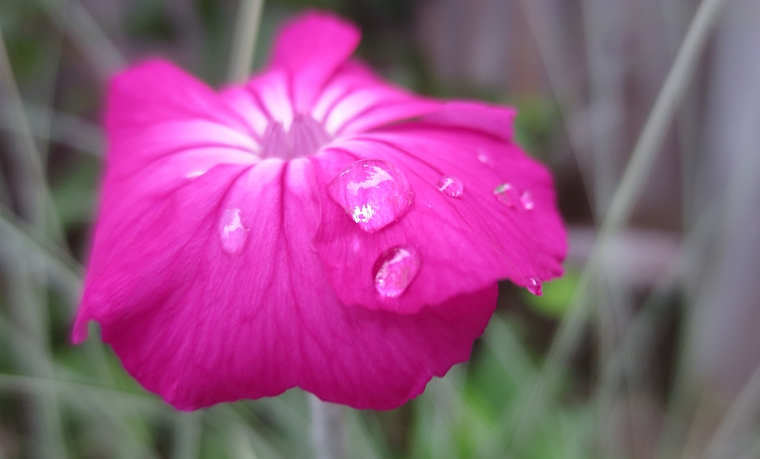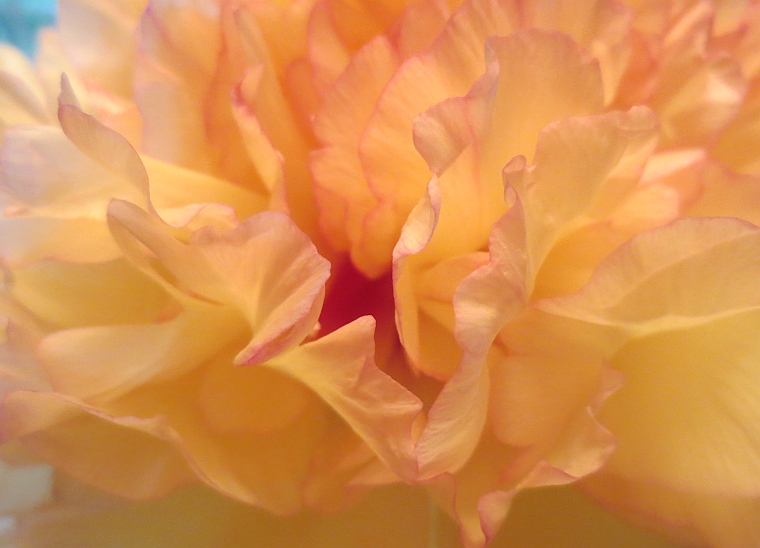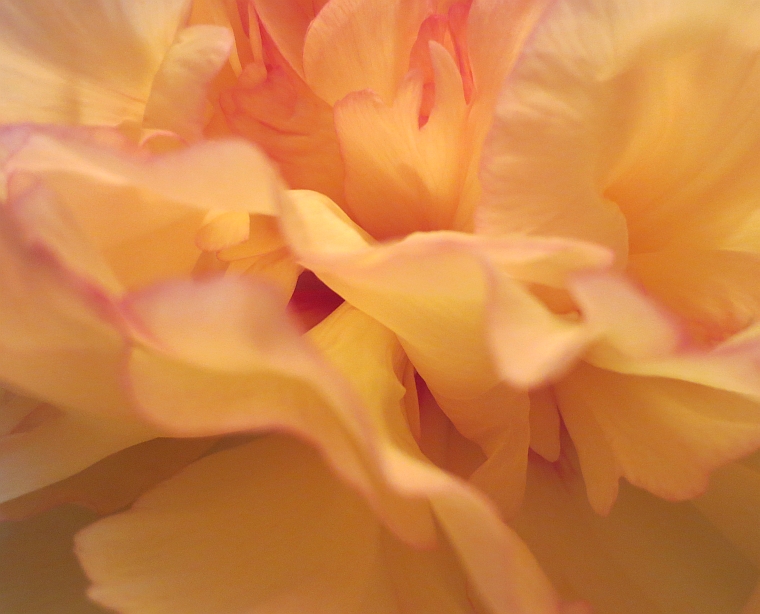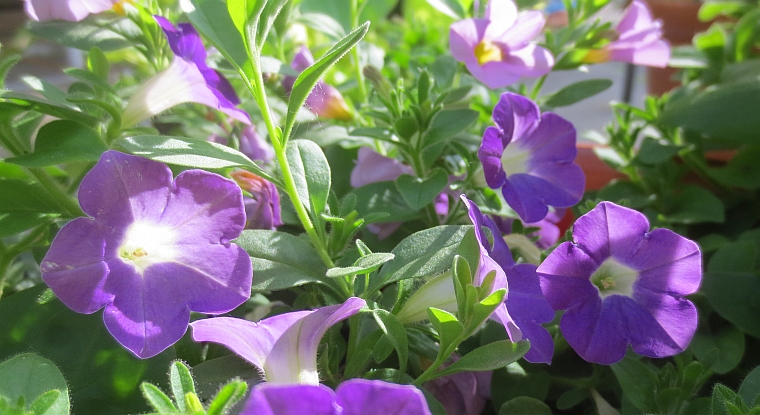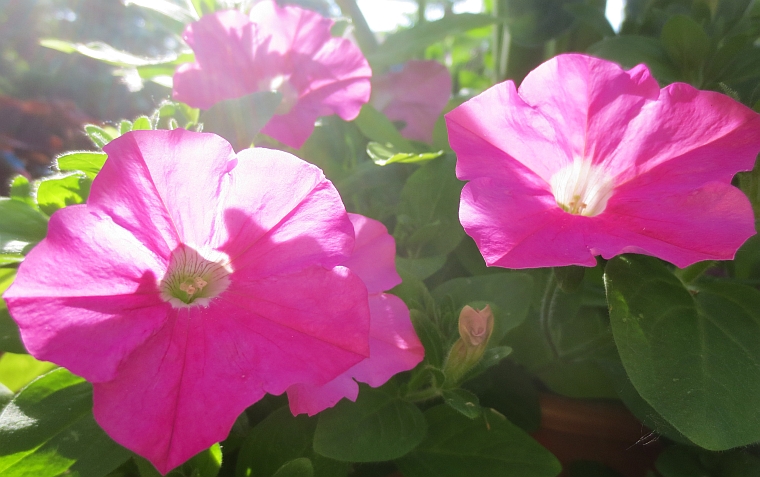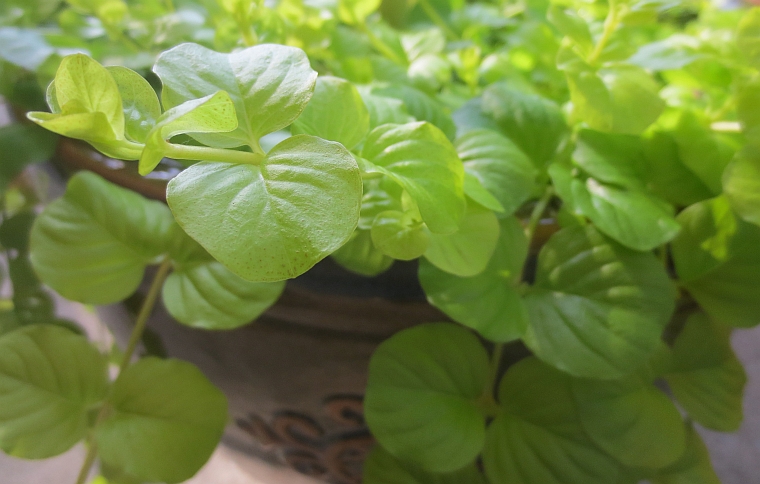My experience with forcing paperwhite narcissus began, strangely enough, in Cape Cod, on a summer vacation with my Mom and her friend Diane. My brother and I were just thrilled to be at the beach for a few days, catching crabs and collecting sea shells, while my Mom had a friend with whom she could talk nursing and grown-up items. At night, we all came together in a little hotel room and went over the events of the day, while I listened to Diane tell me stories of African violets (she had a small collection that was in full bloom the few times we visited her apartment). She also told me how to force narcissus.
In her deep smoky voice (she was a smoker ~ something alien and fascinating to my brother and myself) she went through the step-by-step instructions on how to make a daffodil bulb bloom indoors in the middle of winter.
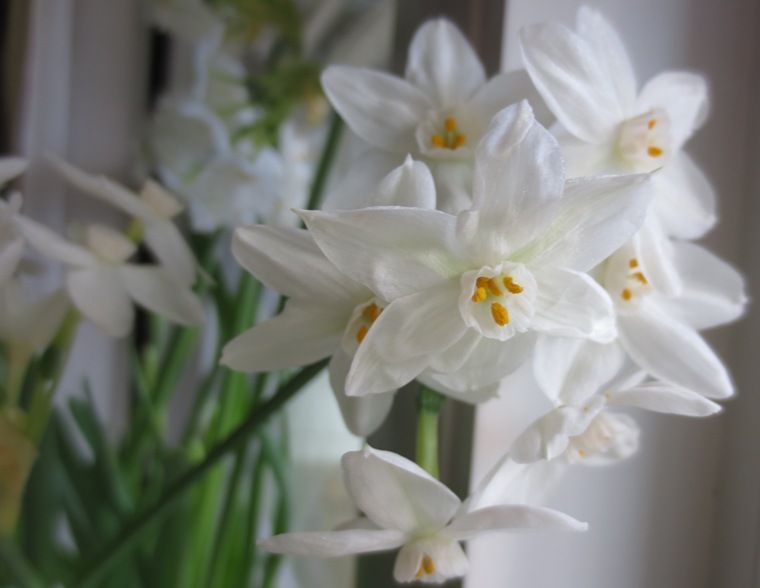
I listened intently to the method. She said they would grow in gravel or soil or just plain water (provided the bulbs weren’t fully immersed, or they would rot). Rapt with wonder at the idea of bulbs growing anywhere other than six inches under the ground, I made her repeat the instructions several times on that vacation, as if she was telling the most fascinating story ~ which, in my mind, she was. Committing the simple process to memory, I repeated it back to her to make sure I had all the steps. It was as much for my own knowledge as it was to hear her explain it all again.
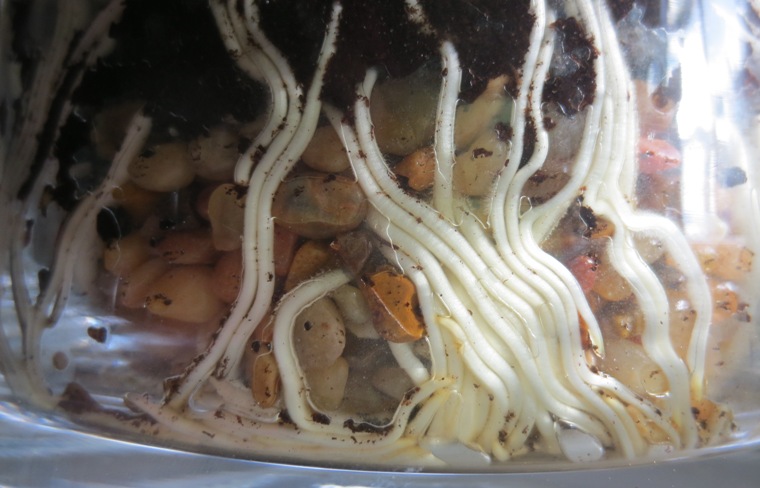
It’s been a few years since I last grew a batch of paperwhites, but when I saw them a few weeks ago, I potted up several to bring some early sneak-peek of spring into the house. My method is not so haphazard as throwing a few bulbs into a gravel and water grave and letting them fend for themselves, but it remains a simple one nonetheless.
I begin by storing the bulbs in a dark, cool place for a couple of weeks. (Some people pop them in the fridge for a week.) Paperwhites will usually grow just as well without a proper cooling period, but I like to mimic their natural cycle as closely as possible. When ready to plant, I use tall glass cylinders, so as to afford viewing the roots and bulbs and stems all at once. (Feel free to wind a fancy ribbon or length of rustic burlap around the base if you don’t like the look of soil and roots.) The tallness of the container will come in handy as these invariably require staking or support of some kind.
I pour in about an inch or two of gravel into the bottom of the container (not required if your pot has drainage), nestle the bulbs in and packing them tightly against one another, then top with soil about two-thirds to the top of the bulbs. I like soil in addition to the gravel because it provides a bit more stability. (Though you’d be surprised at the tenacity of the roots alone in supporting the leaves and blooms.)
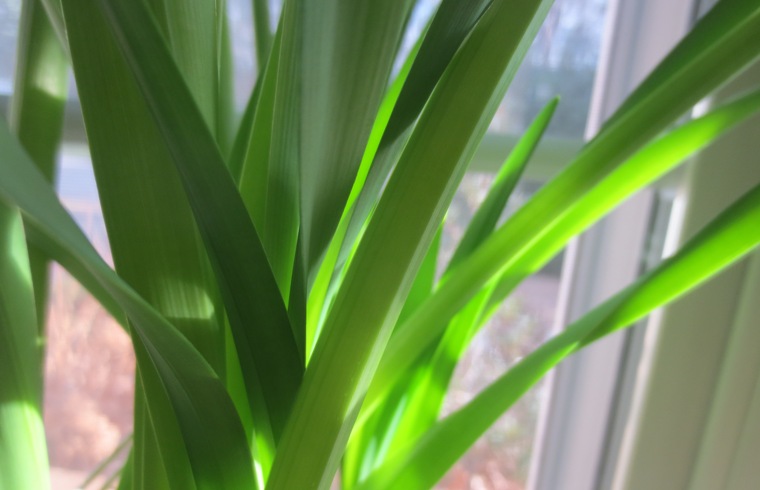
Water well, but not enough to let the water rise to anything higher than the bottom of the bulbs. The important thing is to avoid any possibility of rot. In a few days, the roots will start descending, and you may see the bulbs rising out of the soil. I try to push them back gently, but I’ve also let them do their thing. The main thing to remember is that they will most likely require some sort of staking or support. The use of tall glass cylinders helps with this, but I still end up typing the stems together so they don’t bend or break. They grow surprisingly tall (mine top out at about two feet, stretching for sun, stretching for spring).
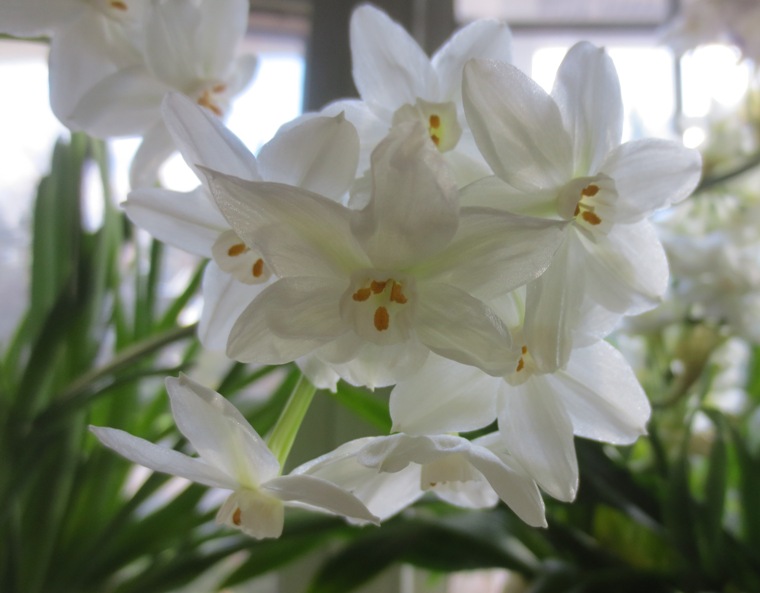
Some find their potent fragrance offensive, or at least unbecoming. I happen to like it. It reminds me of the tail-end of winter, of greenhouse-like rooms filled with light and a chaise lounge for reading. Mostly, it reminds me that even though winter has just begun, the days are already getting longer. We are on the right path. Hope is a narcissus bulb.
